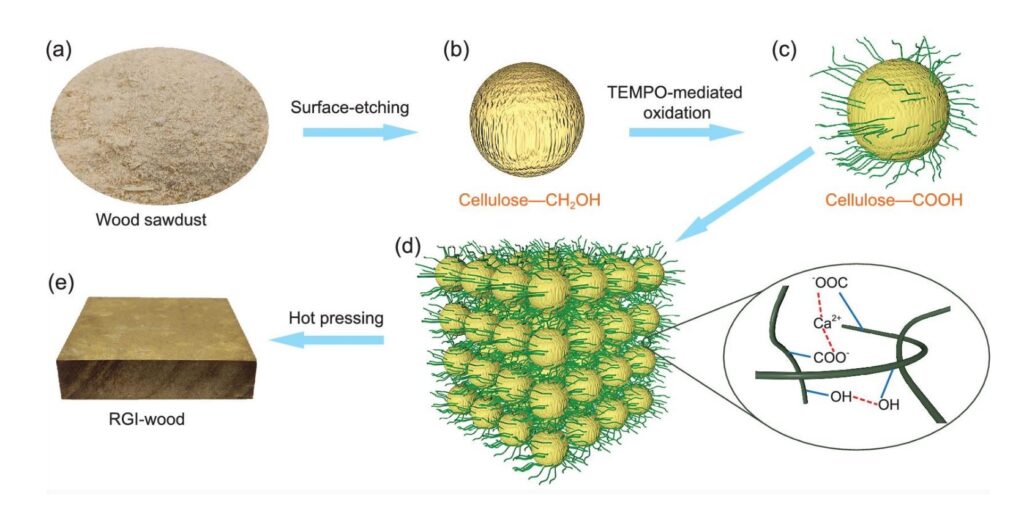The research, by the University of Science and Technology of China, has produced a new wood-based material with excellent physical and conductive properties
The hegemony of plastics in mass production is a difficult problem to solve. The production of polymeric materials derived from oil generates a huge impact on environmental pollution. In addition, improper disposal and recycling have a huge additional environmental impact. Nevertheless, the low cost and versatility of these materials have made them perfect for the development of the modern market and mass production. Among the many alternatives developed, today we are talking about a very promising new cellulose based material.
The idea was developed by a research group of the University of Science and Technology of China. The results were published in the scientific journal National Science Review. The material is obtained through a process of nanocrystallization of cellulose, one of the most abundant components of wood. The cellulose nanofibers are processed at high pressure following a chemical treatment. The final result is a material rich in cellulose, therefore woody, but with higher physical characteristics than natural wood.
The innovative aspect related to this material is the possibility to make it electrically conductive during the process. The conduction properties are obtained by adding carbon nanotubes to the cellulose nanofibers. The additional component makes the material an excellent electrical conductor, making it ideal for electromagnetic shielding applications. The electrical conduction also involves good thermal conduction, a fundamental property for self-heating materials to be used in “intelligent” buildings. This is combined with the flammable property, which is characteristic of petroleum-based plastics. Together these characteristics make the new wood perfect to replace polymers in many of the most common uses and is a further step towards a cleaner and more sustainable world.
You might also be intereste into -> Wood gives concrete a second life
